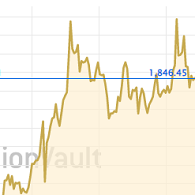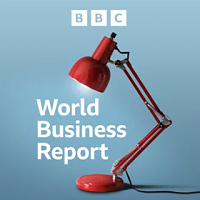PEM's Platinum Demand Up 50-Fold by 2030
Hydrogen electrolyser capacity set to surge...
HYDROGEN serves as a versatile energy carrier, capable of being produced
from renewable energy sources
and applied across various mobility and industrial sectors, driving global decarbonisation efforts and
facilitating the energy
transition, says the World
Platinum Investment Council.
Platinum and other platinum group
metals are set to play a pivotal
role in the decarbonisation of hydrogen production through their use in electrolysers, catalysing the
production of hydrogen and
oxygen using renewable energy – an emissions-free process.
Highlighting green
hydrogen's potential, the
immediately addressable existing hydrogen market totals 95 million tons per annum, which primarily
relies on fossil fuels for its
production.
Recent research from the WPIC indicates that global electrolyser
capacity will grow significantly
to reach a cumulative 212 gigawatts by 2030 from just six gigawatts in 2023. Correspondingly, based on
the assumption that
platinum-based proton exchange membrane (PEM) electrolysers will have a 38% share of the electrolyser
market in 2030, annual platinum
demand from PEM electrolysers is forecast to increase from the 4,000 Troy ounces achieved in 2023 to
229,000 ounces in
2030.

Recent
developments in North America
highlight gathering momentum in the electrolyser market. The US has made ambitious hydrogen subsidies
available through the Inflation
Reduction Act, with plans being developed for ten major hydrogen hubs.
In
March, the US Department of Energy
(DOE) awarded US$750 million to 52 clean hydrogen projects across 24 states to "dramatically reduce the
cost of clean hydrogen and
reinforce America's global leadership in the growing clean hydrogen industry."
Among other aims, the projects
are expected to enable US manufacturing capacity to produce ten gigawatts of electrolysers per year,
enough to add annual production
of 1.3 million tons of clean hydrogen per year. Canada is also making an investment tax credit available
for clean hydrogen
production.
Norwegian PEM electrolyser-maker Hystar – which is currently
building a four-gigawatt,
fully-automated electrolyser factory in its home country – has revealed plans to expand into the North
American market, establishing a
multi-gigawatt factory there by 2027.
Hystar believes that the incentives on
offer in the North American
market 'have created a highly favourable environment that demonstrates a clear commitment to providing
our industry with much-needed
certainty and financial support'.
Meanwhile, another Norwegian electrolyser
business, Nel, has received
funding in the form of cash incentives and grants from both the US Department of Energy and the state of
Michigan with a combined
total of US$125 million in support of its plans to build a four-gigawatt electrolyser plant in Michigan.
In the planned new facility,
Nel will manufacture its next-generation PEM electrolyser technologies among other products.
In May, US PEM
electrolyser manufacturer Plug Power received a conditional commitment for an up to US$1.66 billion loan
guarantee from the US DOE to
finance the development, construction, and ownership of up to six green hydrogen production
facilities.
With
plans to operate a green hydrogen 'highway' across North America and Europe, Plug has built a
state-of-the-art gigafactory to produce
electrolysers and fuel cells. It is developing multiple green hydrogen production plants targeting
commercial operation by year-end
2028, which will use its own PEM electrolysers.













 Email
us
Email
us
